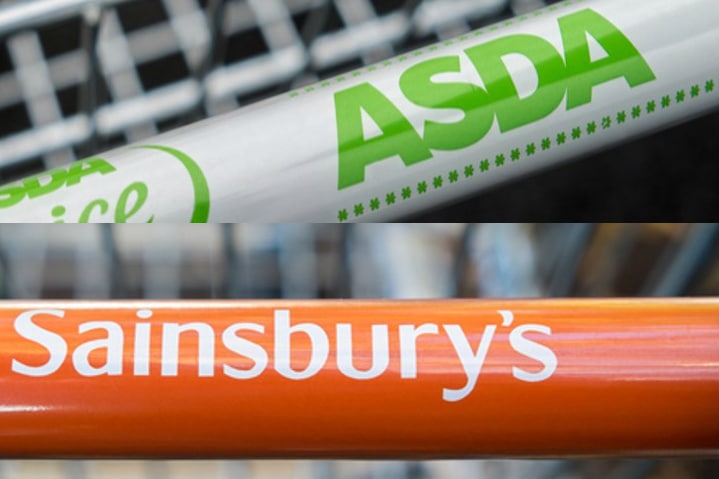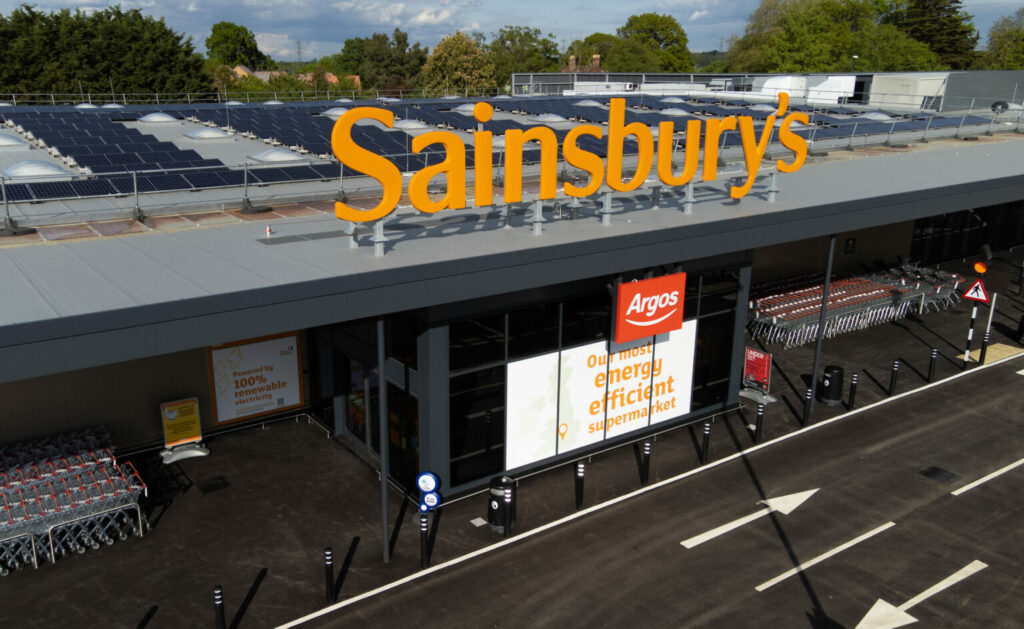When Tesco, UK’s biggest retailer, recently announced it was entering into a three-year strategic alliance with France’s biggest retailer, Carrefour, it sent shockwaves across the retail sector. No one had seen it coming.
This announcement had come within months of the news of a potential merger between J Sainsbury’s and Walmart-owned Asda, the UK’s second and third-biggest retailers respectively. These moves were unprecedented and sent everyone a strong signal that we are living in one of the most interesting times in the retail industry.
The UK retail industry has always been notoriously competitive, where businesses trying to eat into each other’s market share is the norm. But why are these organisations suddenly adopting a more collaborative approach in a hyper-competitive market?
READ MORE:
Although a novel occurrence in the UK retail sector, this phenomenon of traditionally competing organisations choosing to cooperate with each other to expand the pie (creating value) before eating it (capturing the value) has been prevalent in other sectors, such as automobile and construction. This phenomenon is colloquially known as “coopetition”. It could be driven by many factors, but in this particular case, these organisations are choosing to “coopete” for two reasons.
First, the UK grocery sector has been disrupted by the German discounters Lidl and Aldi and the Big 4 retailers have not been able to win in the price war started by them. This has led to the Big 4 losing significant market share of their customers.
Second, Amazon is beginning to enter the UK grocery market with its delivery service, Amazon Fresh, which is already underway in London. Entry of such a big player in the market is bound to disrupt its dynamics, causing the Big 4 retailers to think more carefully about their competitive strategy. Usually organisations respond through aggressive pricing or by differentiating their offerings in the marketplace. Both approaches are infeasible for the Big 4 retailers in the consumer goods market.
Although the nature of the market – for example, low switching costs for the consumer – force the retailers to keep their prices competitive, low profit margins ensure that the prices cannot be reduced beyond a certain point. Additionally, relatively standardised consumer needs, particularly in the grocery space, leaves little room for innovation. Therefore, learning from other sectors, they seem to have decided to combine their resources and adopt a more collaborative approach.
Advantages of Co-opetition
One of the biggest advantages that Tesco and Carrefour would get by collaborating with each other is that they would be able to negotiate volume discounts from their suppliers. A united front also gives the retailers more leverage to negotiate better deals with powerful and large suppliers such as Unilever and Johnson & Johnson.
This would ultimately lead to more options for customers at better prices. But most importantly, this approach allows organisations to reap the strategic benefit of addressing their weak spots by accessing complementary capabilities of their partners without needing to develop the capability in-house.
For example, Carrefour chief executive Alexandre Bompard has aggressively sought partnerships with organisations who have more specialised capabilities in Carrefour’s weak areas. In addition to its latest partnership with Tesco, which would allow the French retail giant to secure better deals with its suppliers to improve own-brand offerings, Carrefour has partnered with Tencent to boost its presence in China. It has also partnered with Google to become more digitised and reduce its annual cost base by €2 billion and Systeme-U to negotiate purchases with big food and non-food suppliers.
Potential pitfalls
This strategy is not without its pitfalls. Buying alliances, with their explicit focus on cost reduction, could lead to smaller suppliers being squeezed and eventually driven out of the market. This would lead to the market dynamic being reversed again as the control of the market would go back into the hands of the few remaining suppliers (such as Unilever) who have the working capital to survive the initial price squeeze.
The worst case scenario is that it could lead to a type of market failure, where the survival of few powerful retailers and suppliers could lead to price inflation, leading to consumers having to pay more than they initially did. These claims are not far fetched as supermarkets are notorious for their unfair supply chain practices and are already considered responsible for driving poverty and inequality.
In our view, while coopetition should surely be encouraged, the retailers must take a long-term view of such alliances and take a closer look at their objectives. Are they aiming for more than simple price reductions through economies of scale?
Retailers entering an alliance should carefully think about moving beyond short-term “market collaboration” to a more long-term “‘strategic collaboration” by combining resources, investing in dedicated assets, sharing knowledge and skills, combining complementary capabilities and promoting industry-wide trust. In the long-term this will result not only in the best value for the customer, but also a fairer and less unequal business world.
Jas Kalra is a Research Fellow in Supply Chain Management and Jens Roehrich is a Professor of Supply Chain Innovation at the School of Management, University of Bath.
Click here to sign up to Retail Gazette‘s free daily email newsletter

















